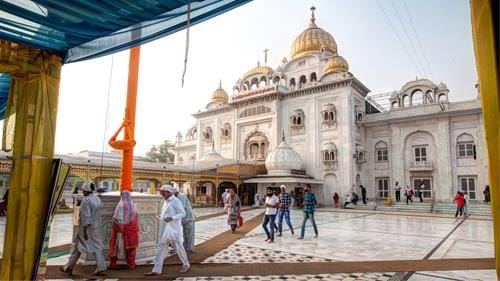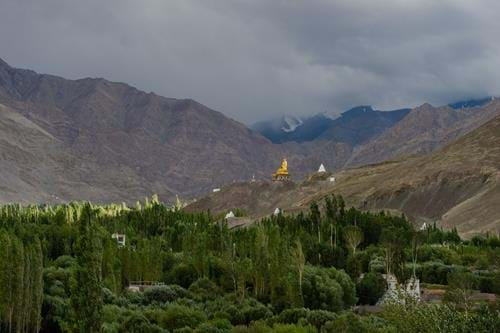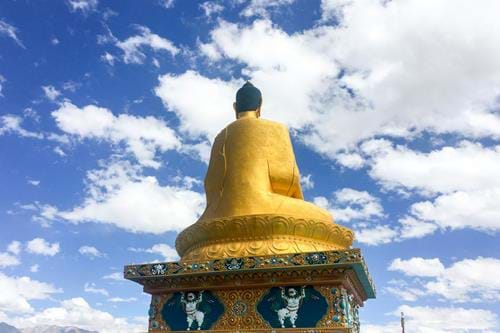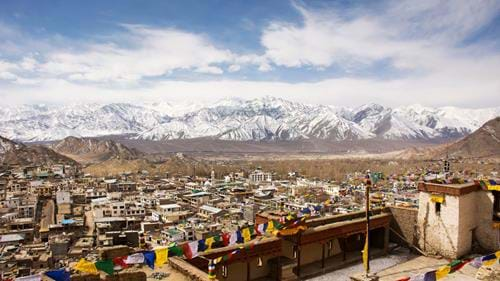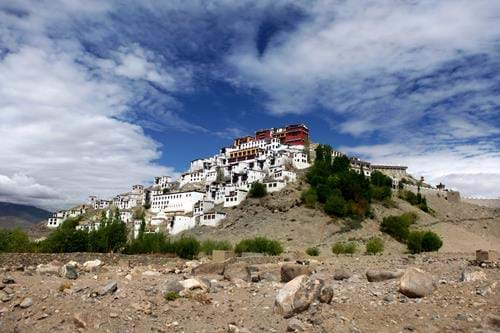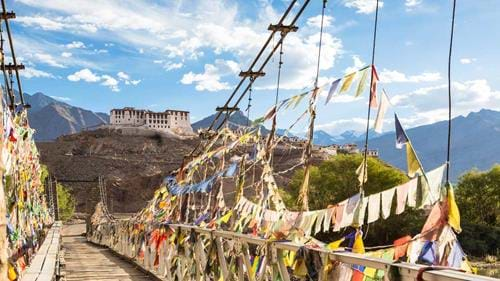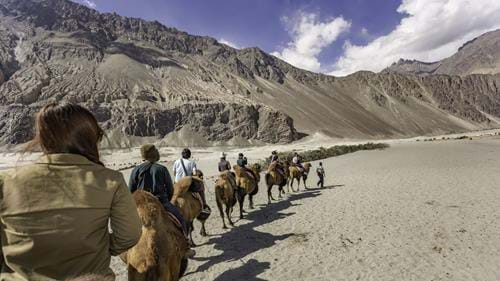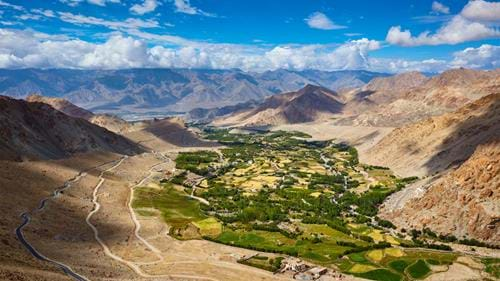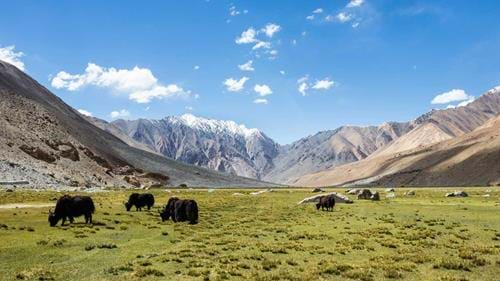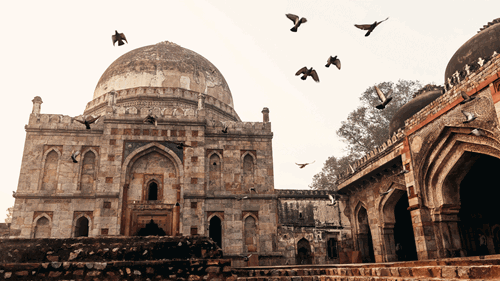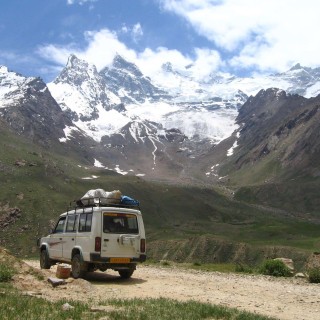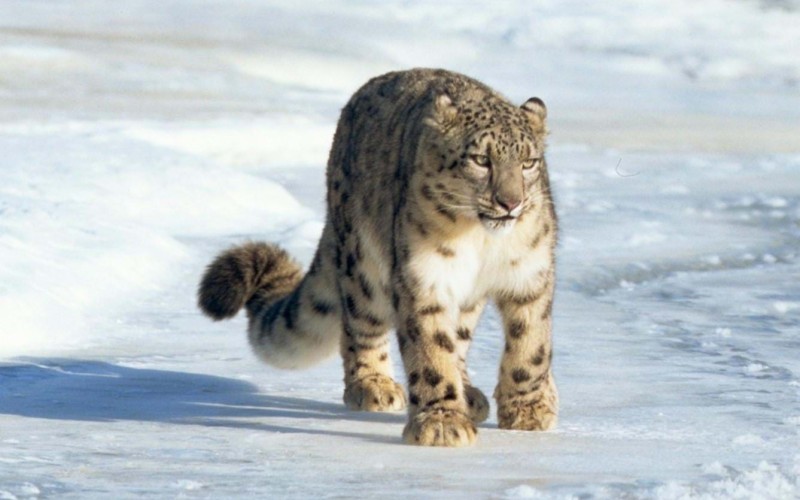Tailor-Made Tour
- Duration14 Days
- Prices From £ 4525
 Places Visited :
Delhi, Stok, Leh, Nubra Valley, Nimmu, Delhi
Places Visited :
Delhi, Stok, Leh, Nubra Valley, Nimmu, Delhi
Due to its cultural and geographical affinities with Tibet (of which it was a province for several centuries), Ladakh was often referred to as ‘Little Tibet’. Today, the region’s capital, Leh, is nowhere near as remote as it was for the first Victorian explorers to reach, but the spectacular scenery and Buddhist monasteries they eulogized remain as impressive as ever, and on this luxury 13-day tour, you’ll experience the best of both, from the comfort of your chauffeur-driven vehicle.
Your base will be beautifully restored palaces and farmhouses and lovely little hideaways in quiet, atmospheric, rural locations. The trip includes gentle walks into local villages, visits to local farmsteads and sacred sites, as well as to the region’s most picturesque and interesting ‘gompas’ (monasteries).
Throughout this life-changing tour, you’ll be entranced by views of the surrounding snow peaks, which rise in an ethereal fashion above the poplar trees and barley terraces that patchwork the valley floors. There will be plenty of opportunities to interact with local people, with your Ladakhi guide acting as an interpreter. Meet red-robed librarian monks pouring over ancient manuscripts in their incense-filled prayer halls. Consult a village astrologer-oracle in a private seance. Interact with the nomadic Pashmina goat herders and farmers go about their chores as you walk or cycle through their campsites and traditional hamlets, whose rooftops are festooned with fluttering prayer flags and prayer wheels, sending blessings across the land to their livestock!
Remember, this trip can be personalised to suit your travel needs - we can tailor everything from hotel, travel type, duration and more.

